There’s a set of style guidelines that’s used in beer competitions around the world. It’s curated by an American organisation called the Beer Judge Certification Program (BJCP). It’s by no means the only set of guidelines in use, but the BJCP is the standard for both homebrew and professional competitions around South Africa.
Contrary to what some critics proclaim, the BJCP guidelines are not there to prescribe what beer has to look, smell and taste like. They reflect global trends in beer – once an emerging style becomes a fairly widely observed trend, sensory specialists assess a number of examples and come up with a description of the typical characteristics of the style in order to help others to brew something similar.
The guidelines are regularly updated and recently, a number of global styles has joined the ranks alongside longer-established styles from Europe and the USA. Argentine IPA and Italian Grape Ale made their debut in the 2015 guidelines, with New Zealand Pilsner and Catharina Sour (Brazil) making it into the 2021 edition.
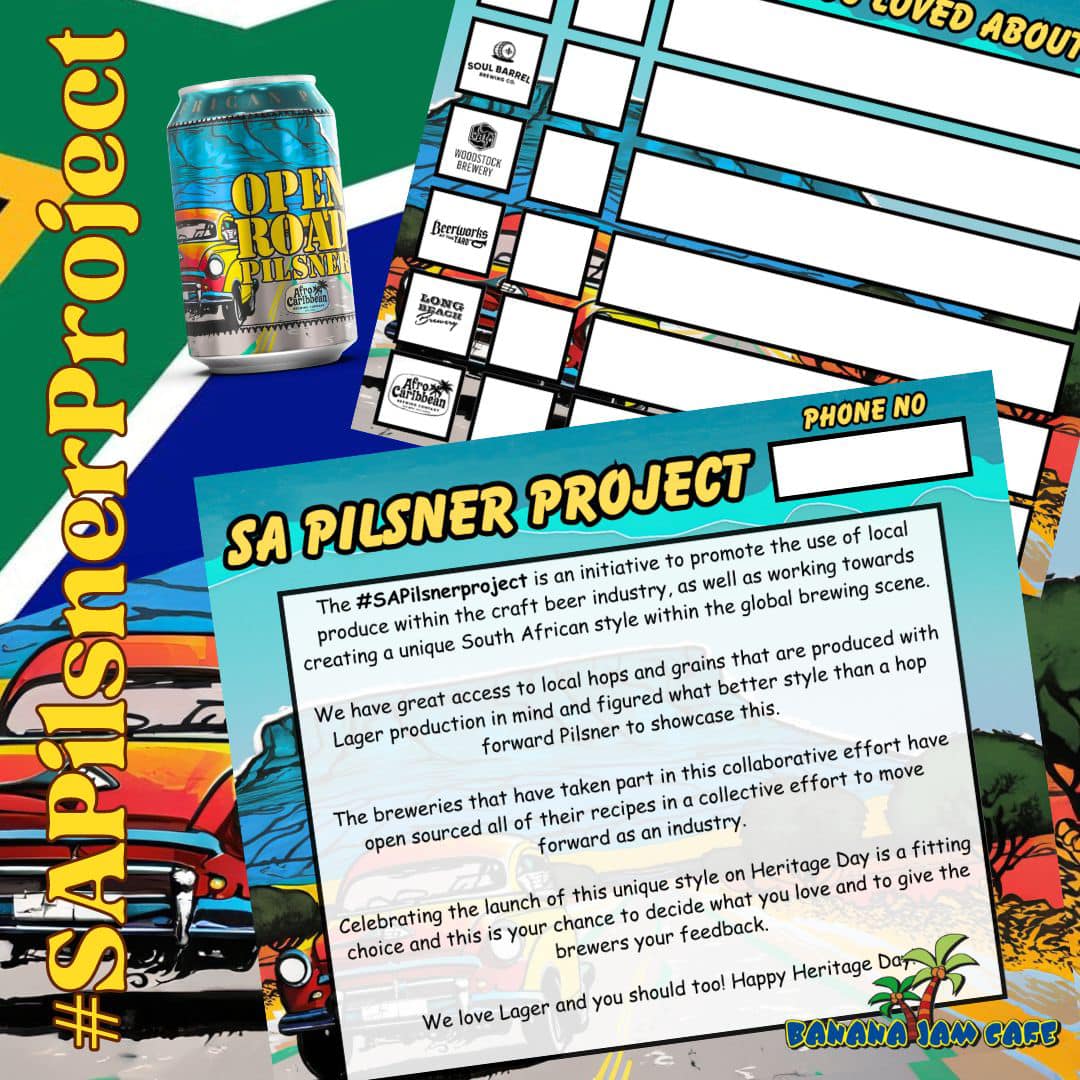 A South African style?
A South African style?
For years, folks from the South African beer industry have talked about getting a style into the guidelines, but no-one has quite worked out what that might look like (and more importantly, taste like). You can’t create a new style out of nowhere just to get it into the guidelines. It has to be something that a number of breweries are producing locally – or as the BJCP puts it, a suggestion that is “submitted by local BJCP judges or brewers within a single country or region for emerging styles of local importance”.
There’s long been discussion on what this would be in South Africa. Would it contain buchu or rooibos or other endemic plants? Would it be a beer inspired by traditional African brewing, using grains like sorghum or millet? Or would it be a style that focuses on using malt and hops grown in South Africa?
You’re probably painfully aware that the rand isn’t exactly a strong currency, and it sure doesn’t travel well, so you can imagine the expenses local brewers face when it comes to importing their ingredients. It makes sense then to try and utilise what’s locally available. This is the main goal of the South African Pilsner Project.
Want to read more on proudly South African beers? Check out my article on Eat Out.
Celebrating local ingredients
Launching on Heritage Day (24 September 2023), the South African Pilsner Project is the brainchild of Afro Caribbean Brewing Co head brewer Jake Sandenbergh. “We decided to initiate the SA Pilsner Project to bring brewers together in a collaborative effort to find the best use for our readily available local produce and to start taking steps towards producing a uniquely South African style of beer,” says Jake. “We have great access to highly affordable hops and malt produced by SAB that have been bred with lager production being the primary focus. That’s why we decided to focus on lager style beers. It is also the style that our consumers best know and love.”
So the challenge went out to brewers nationwide: produce a pilsner using entirely – or at least mostly – South African ingredients (with the proviso that all hops must be local). The first edition of the project will feature beers from nine breweries across the country. Here’s a quick rundown of the beers:
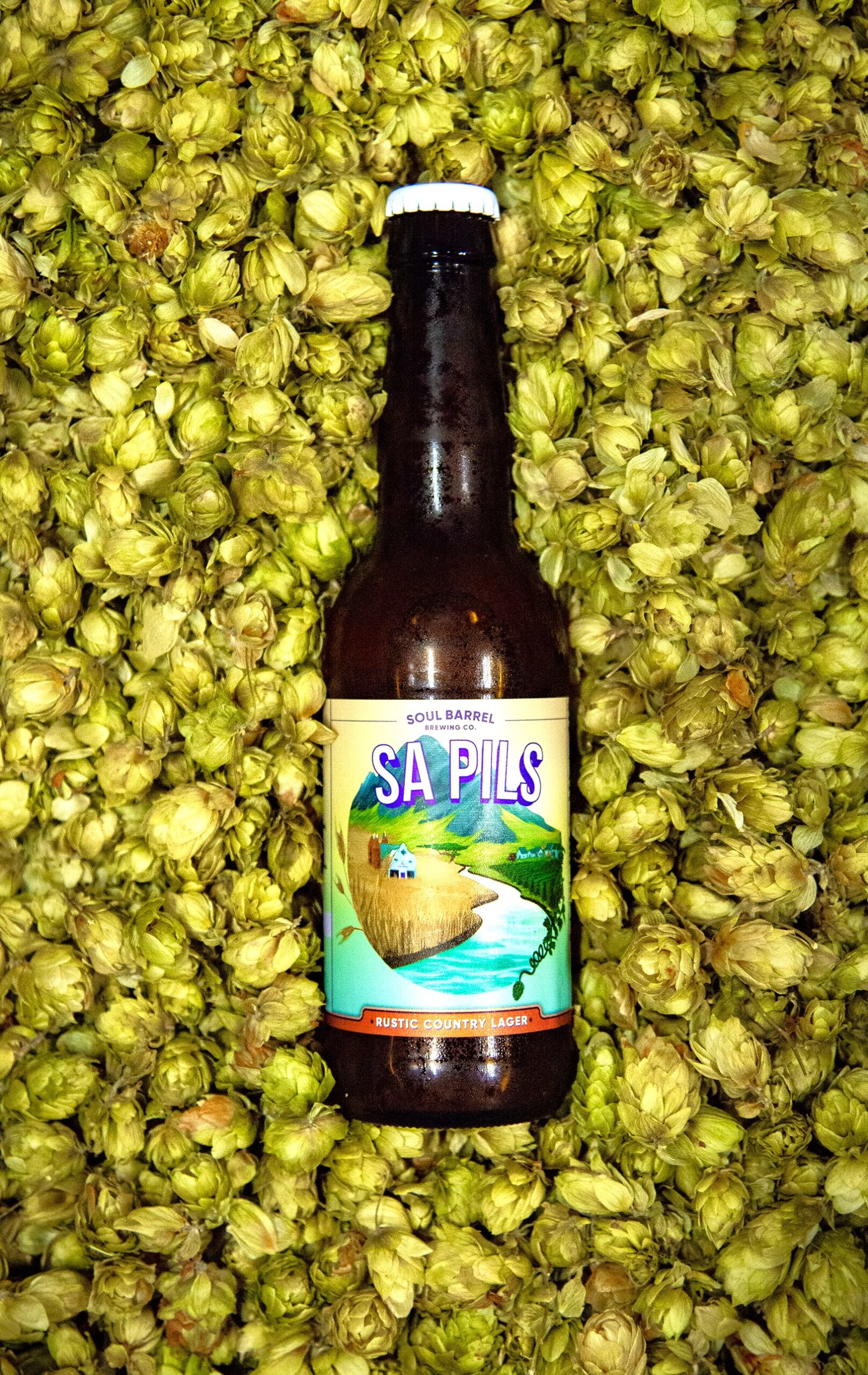 Afro Caribbean Open Road Pilsner (4.6%)
Afro Caribbean Open Road Pilsner (4.6%)
Dry hopped with Southern Passion and also featuring Southern Promise and Southern Aroma, ACBC’s Open Road is inspired by the pilsners of Germany and Italy, but with the all-important South African flair.
Barrington’s x Southern Right Bitou Honeybush Pilsner (5.1% ABV)
Due to a lack of stock, this Garden Route collab doesn’t have local malt, but it’s 100% SA hops (a blend of African Queen and Southern Aroma) and for an extra South African twist it has a hint of honeybush tea.
Beerworks Cape Common (5% ABV)
Inspired by the California Common, a historical American style that uses lager yeast often fermented at warmer (ale) temperatures, Beerworks’ Heritage Day offering is all SA hops and majority SA malt.
Charlie’s Garage Thunderdust (5% ABV)
Using all SA hops and malt (and obviously water), it’s only the yeast in this beer that’s from out-of-country. Inspired by the German pilsner, Thunderdust features African Queen in the mash, Southern Star for bittering and Southern Passion for aroma.
Soul Barrel SA Pils (4.2% ABV)
The granddaddy of all-SA pilsners, Soul Barrel’s SA Pils was first released in early 2019. It’s an unfiltered pilsner featuring 100% South African barley, wheat and hops. “Southern Aroma is really an amazing pilsner hop so we like to let it shine,” says owner/brewer Nick Smith. “It actually brings a lot of citrus and fruit notes along with the floral and spice.”
Stumpnose Plain Sailing (4.5%)
Grab a pint of Stumpnose’s small batch pilsner, using 80% local malt, at their KZN taproom this Sunday. It’s hopped with a combination of Southern Aroma and, as told by head brewer Tom Parry, “a big whirlpool of fresh cone hops grown in the area by my mate Paul.”
That Brewing Co. Straight Up (4% ABV)
It’s all SAB malt and 100% Southern Promise hops in this very limited release straight up lager from Durban’s That Brewing Co. Keep an eye on their social media to find out where you can taste it this Sunday.
Woodstock Brewery Dutch Courage (4.8% ABV)
The most South African of them all, using 100% SA malt and hops, as well as a local wine yeast isolated in Stellenbosch. “It’s our attempt to create a beer from only what is grown in our beautiful country,” says Woodstock’s head brewer, Tinus Lottering. “Feel free to contact us for the full recipe. This belongs to all of us.”
The beers will all be available at their respective taprooms on Heritage Day (and for as long as they last afterwards) or if you happen to be in Cape Town this Sunday, you’ll find six of the eight on tap for tasting at Banana Jam Cafe. When you order a taster tray, you’ll get a comments card to give feedback on each of the beers as above all, this is a shared learning exercise. The brewers have all shared their recipes with each other (and will share them with you), with the collective goal being to find the best possible way to make South African beer ingredients shine. You can check out #SAPilsnerProject on your social media channel of choice to find out what’s happening near you.
Will it end in a South African style eventually making it into the BJCP guidelines? Well, if it does, you’ll be the first to know.
Interested in learning more about the BJCP or maybe taking the exam? Drop me a line to find out when and where the next exam is taking place in SA.




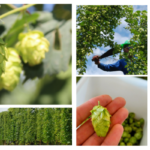


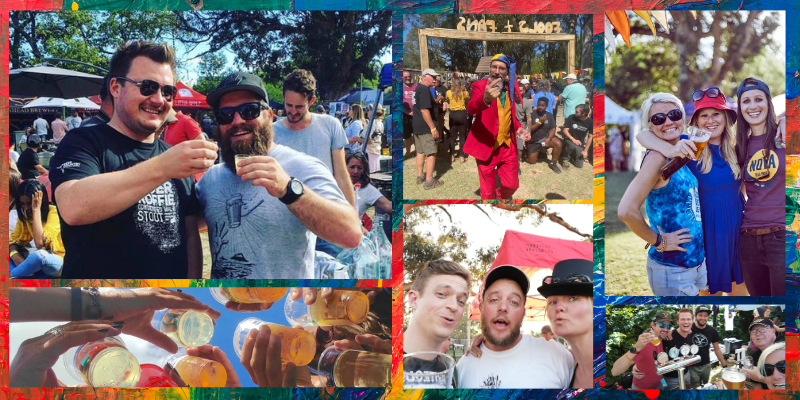
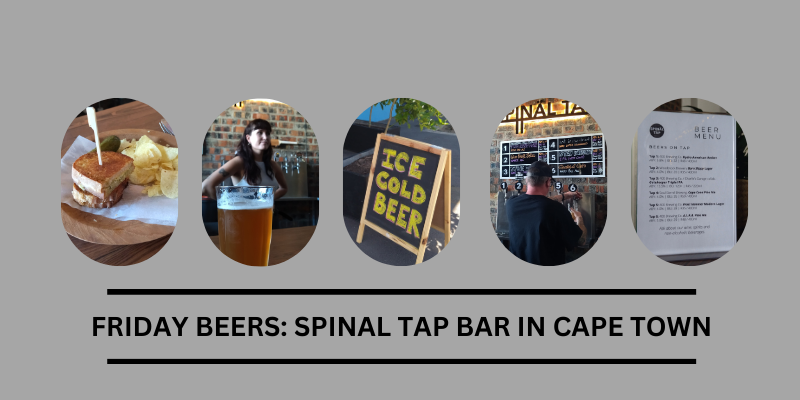
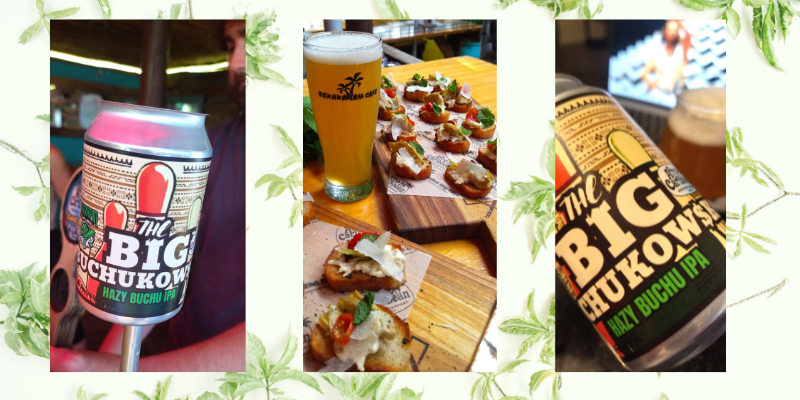
Well done to all involved in this. Cannot wait to taste all the different interpretations, of what is one day going to hopefully recognized in the bjcp guidelines. This is huge, much exite.
Loving the enthusiasm! Did you get to taste any of them?
Hey what about the Paternoster Pilsner
Hey Jan – we didn’t realise you guys were participating in the SA Pilsner Project. Is Paternoster’s all SA ingredients/all SA hops? More the merrier!